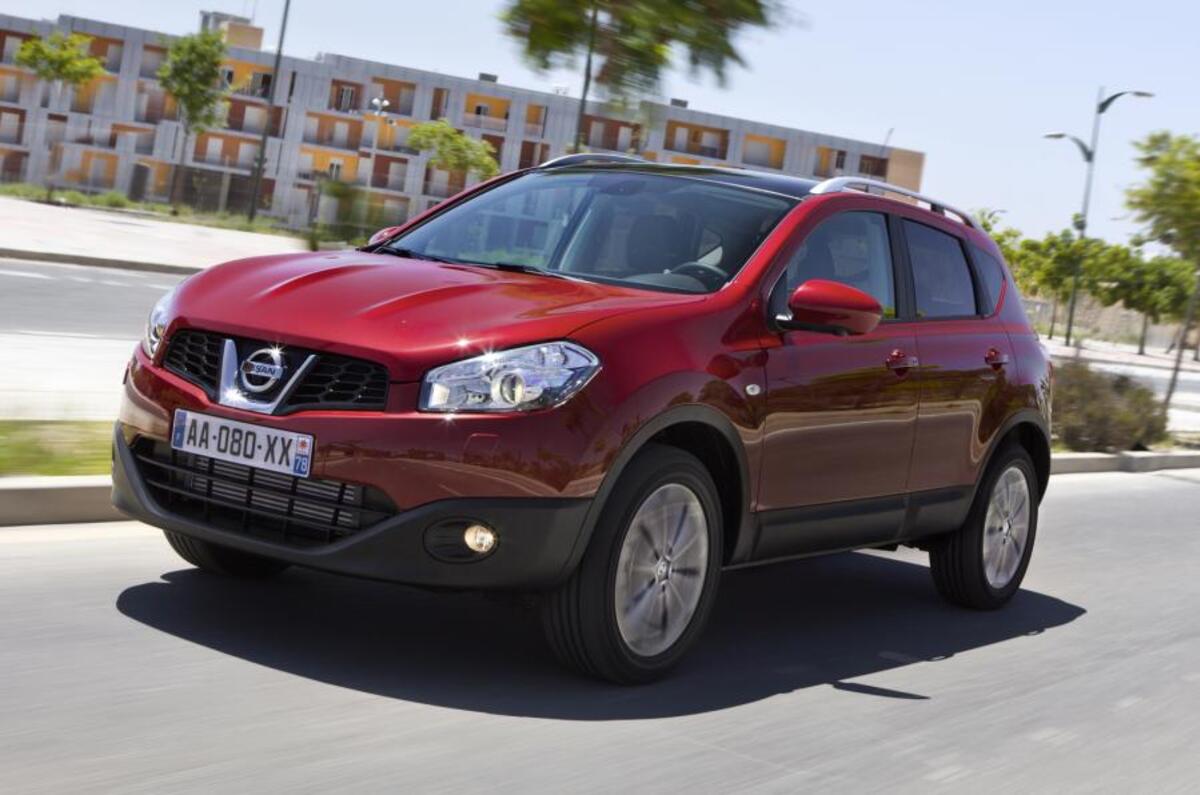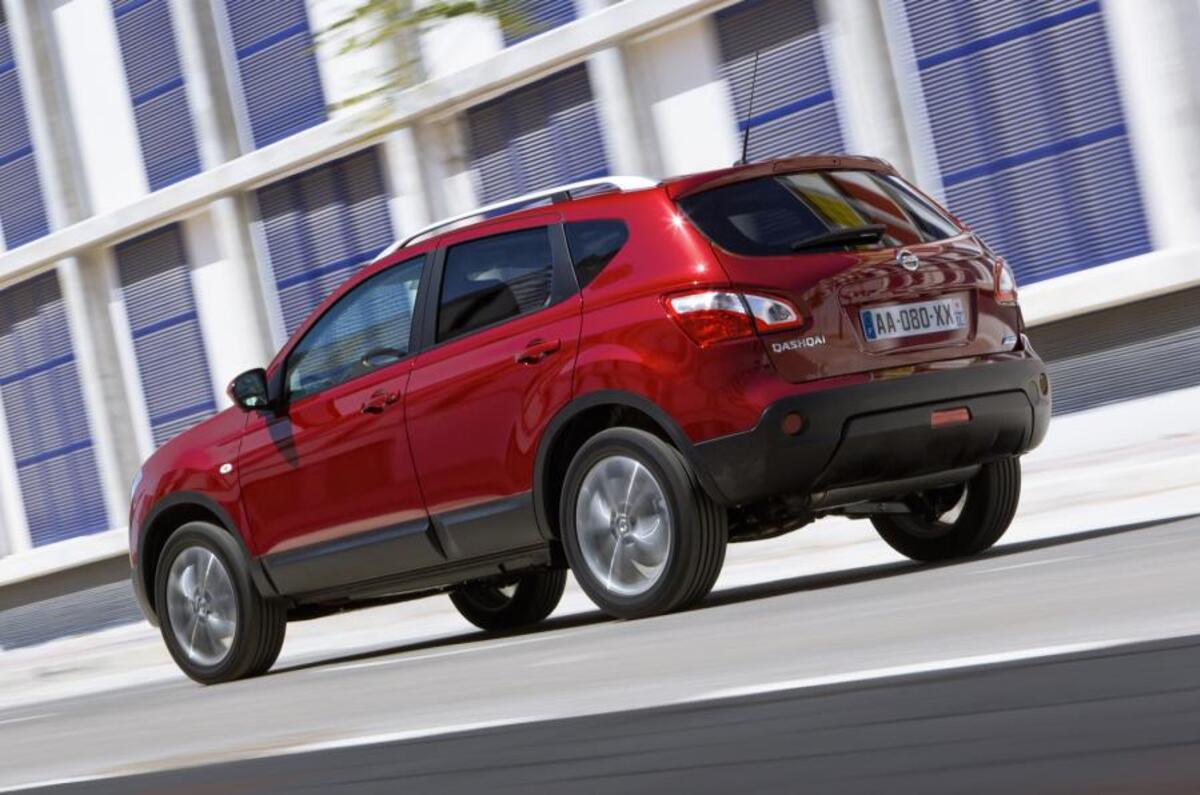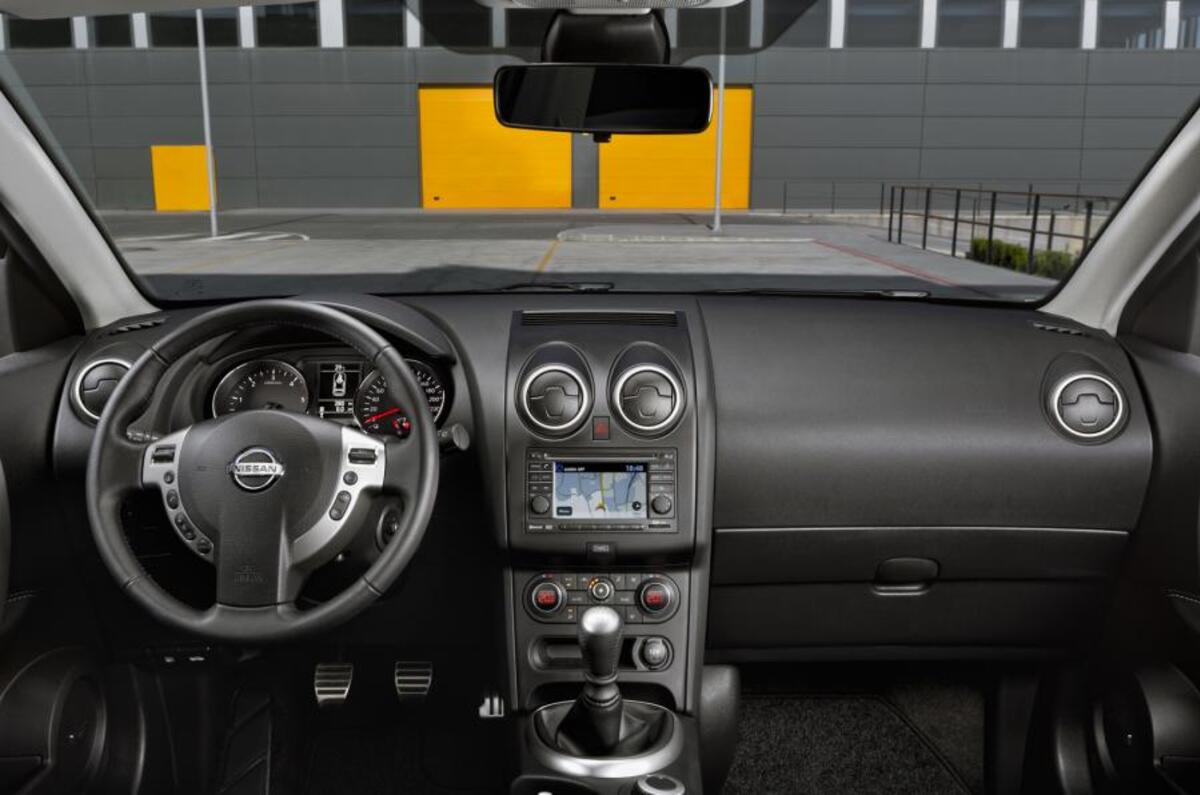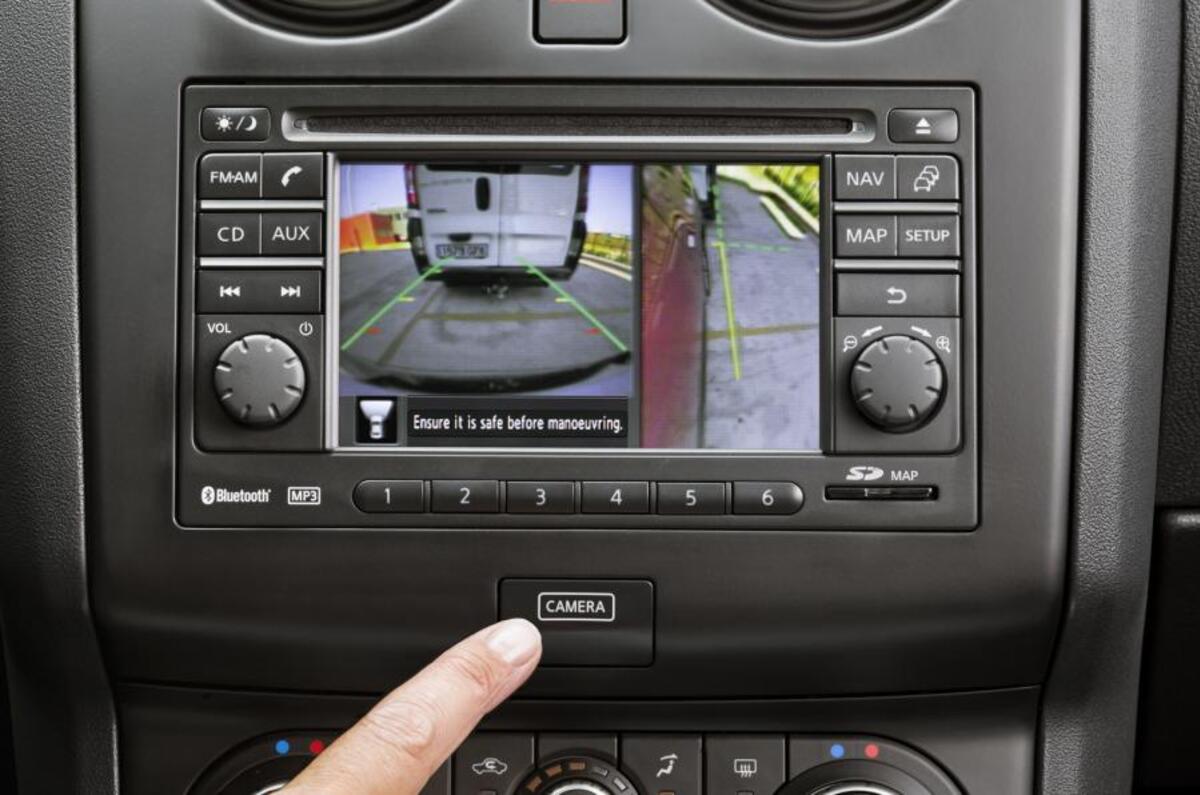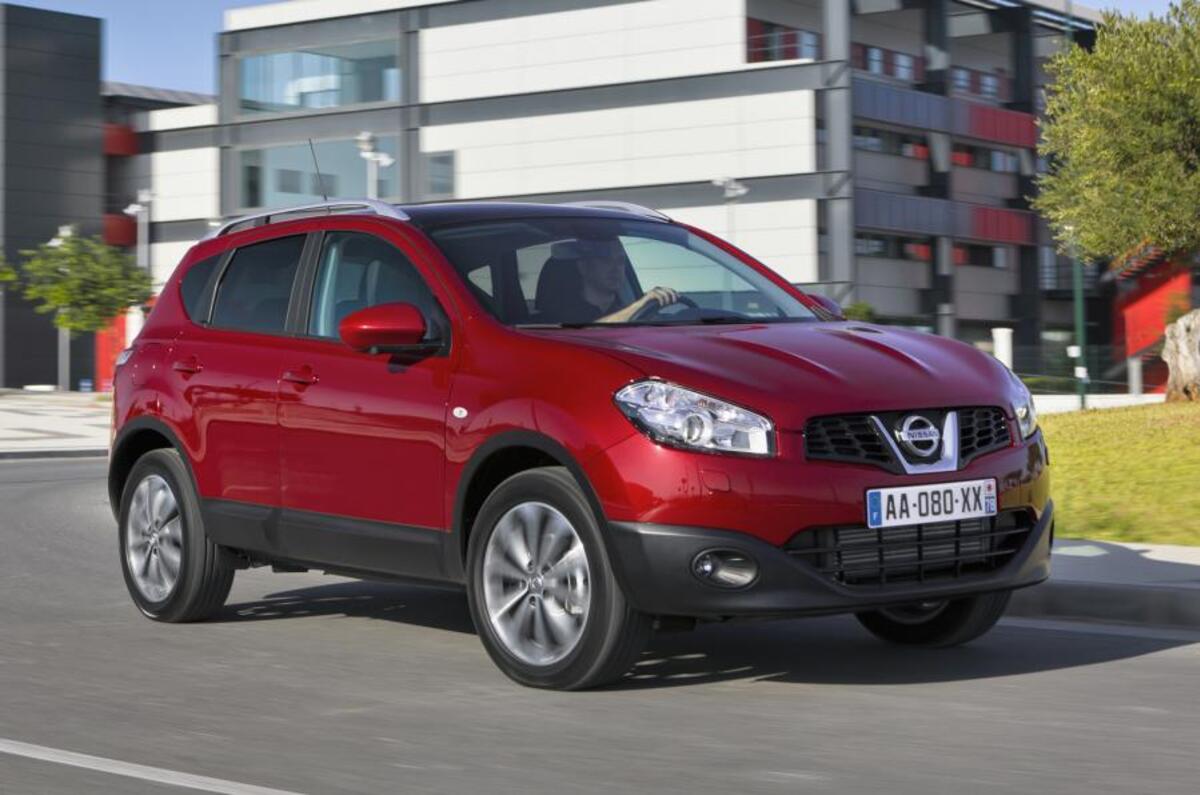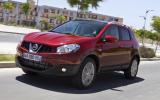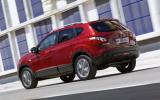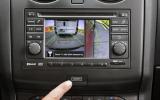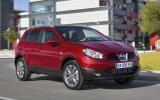I’d be surprised if you didn’t know because Nissan has sold more than one million examples of the Brit-built Nissan Qashqai since its launch in 2007, and with good reason.
A comfortable and practical cabin, confidence-inspiring driving position and the option of four-wheel drive is a combination that makes a lot of sense for a lot of buyers.
In recent years the engines have aged the Nissan Qashqai and so the firm is remedying that with excellent real-world results. The 2.0-litre turbodiesel is being replaced with this 129bhp 1.6-litre turbodiesel motor, jointly developed with Renault, with offers comparable performance whilst delivering up to 23% improved emissions and 31% better economy.
We tested the two-wheel drive, seven-seat Nissan Qashqai+2, which benefits from headline figures of 133g/km and 55.4mpg combined. Our test car came with stop-start, which will be standard on all cars delivered from early next year. Until then, buyers will have to do without as a result of delays caused by the earthquake in Japan.
On a combination of motorways and twisting mountain roads the new engine coped well despite the hefty 1626kg kerbweight of our test car. With 236lb ft at 1750rpm it’s no surprise that the mid-range pull is very decent and brings with it adequate overtaking potential, but more importantly it provides accessible performance and relaxed delivery.


